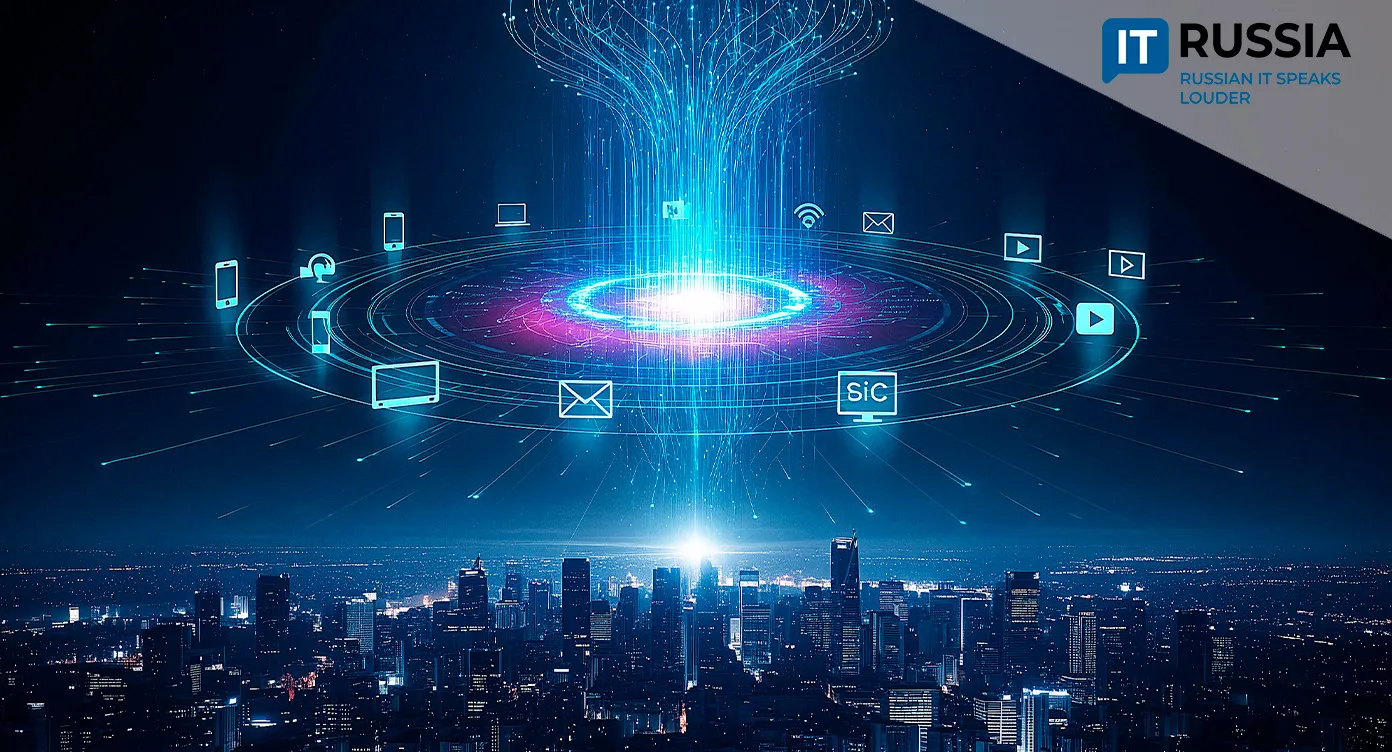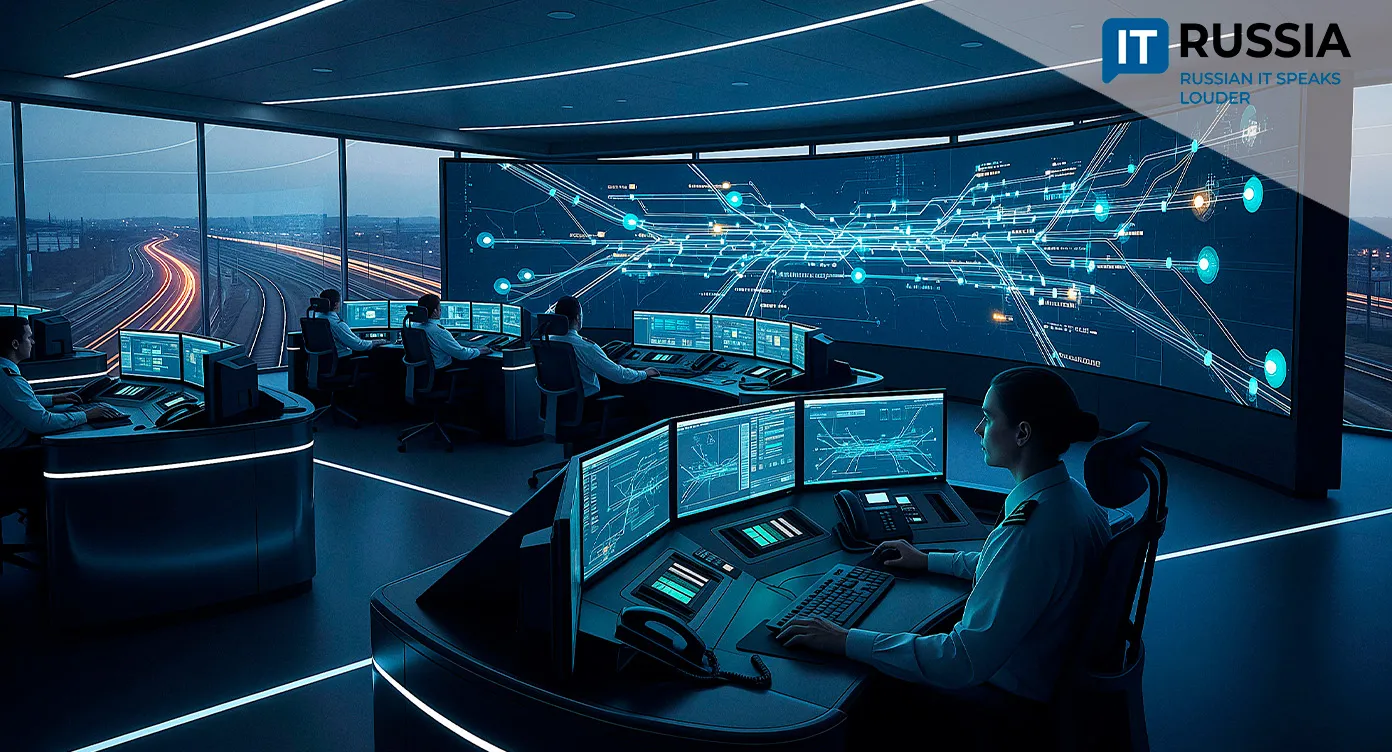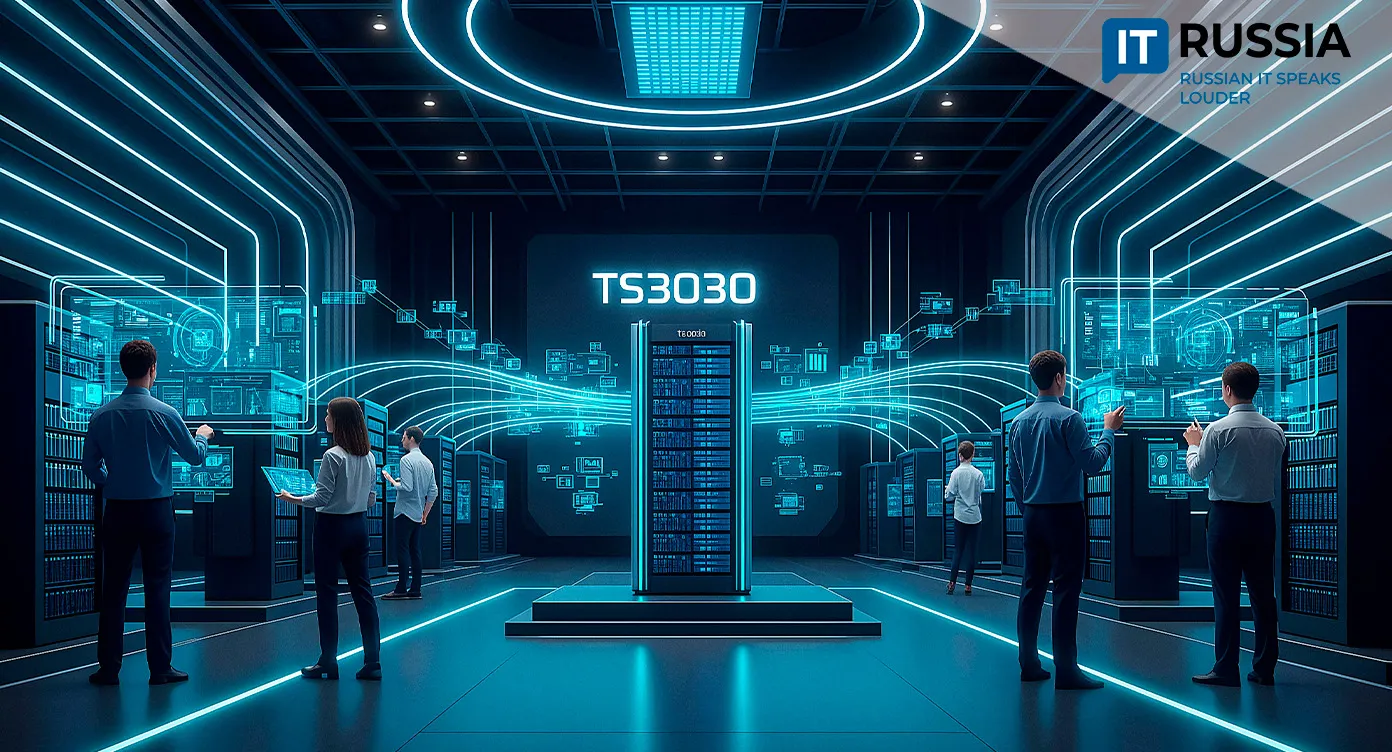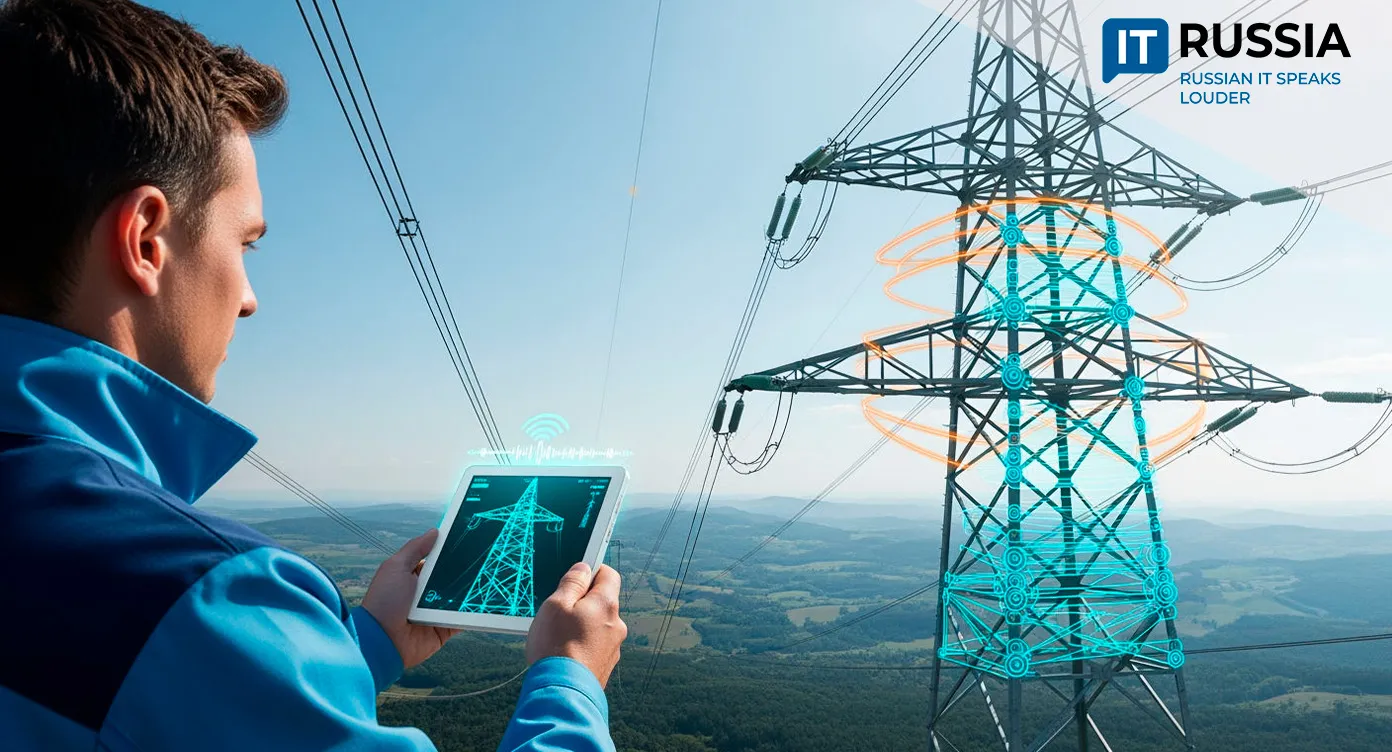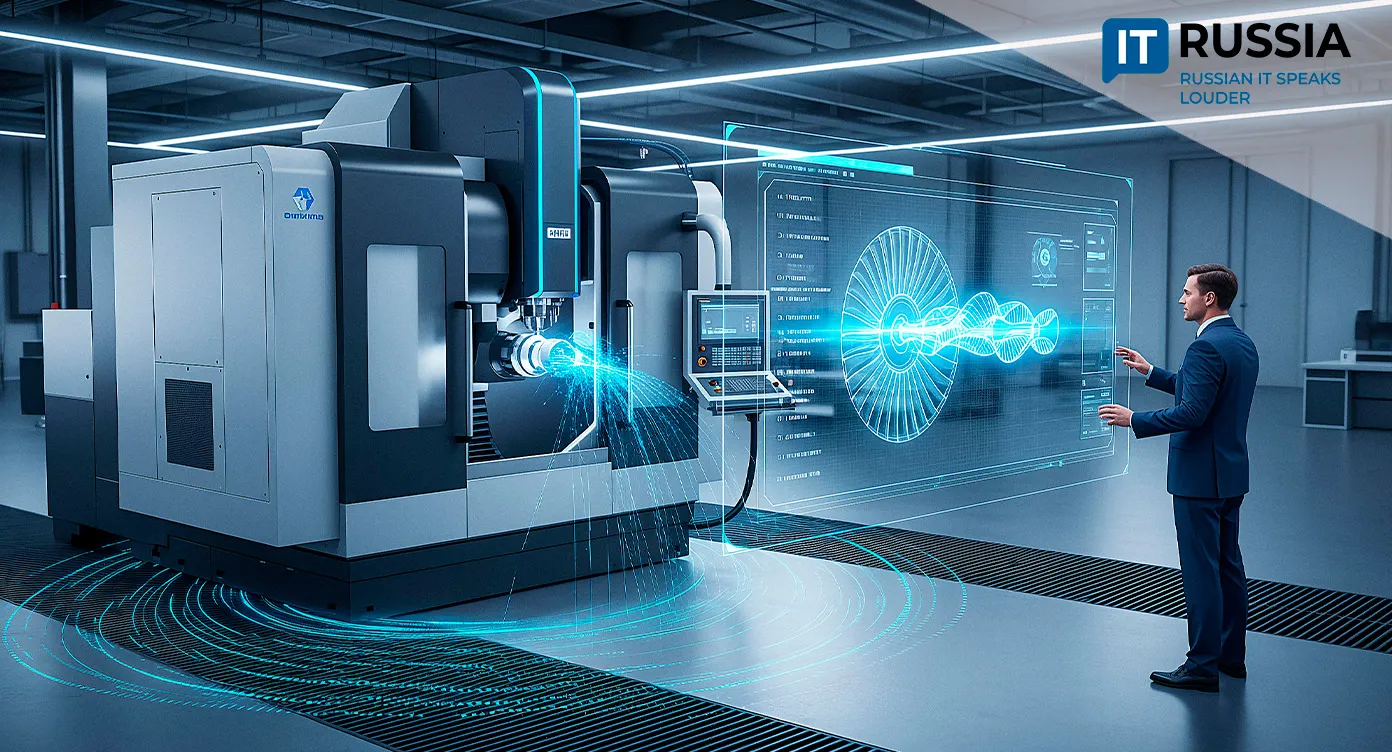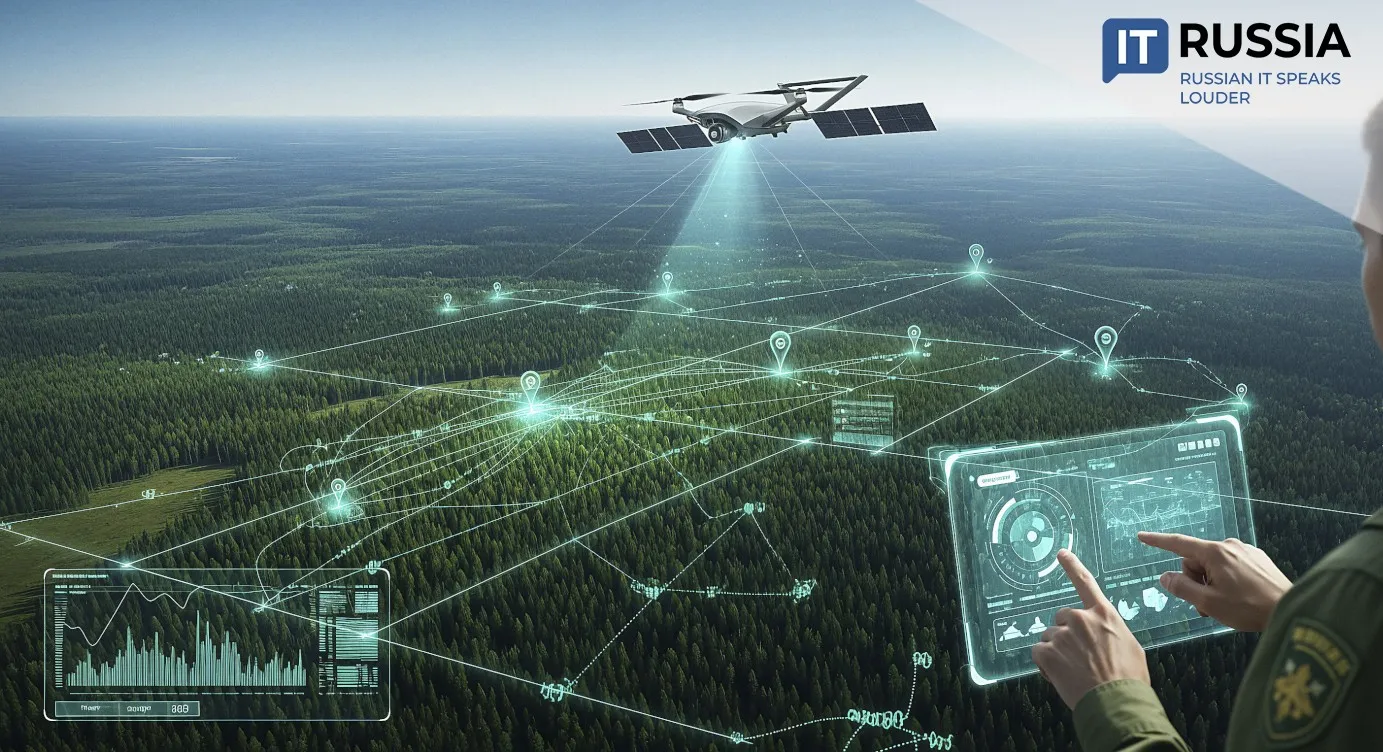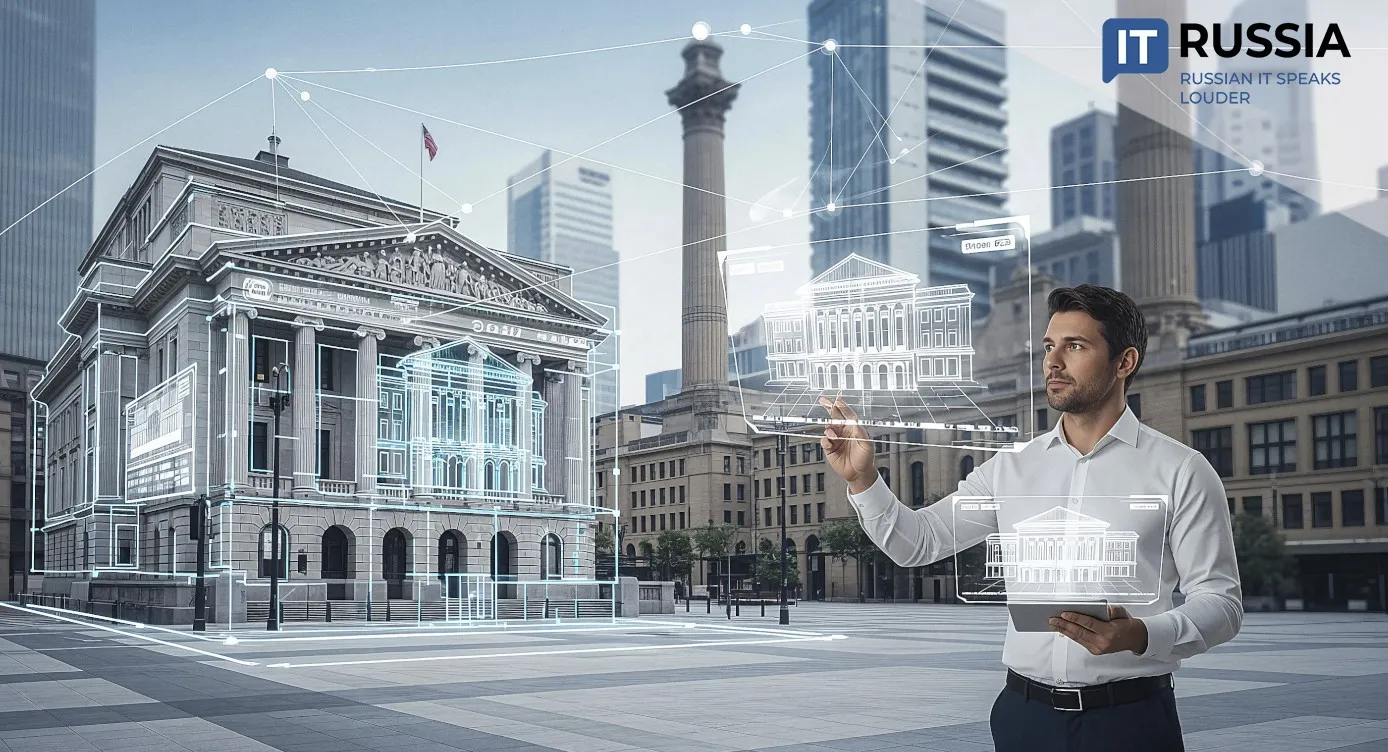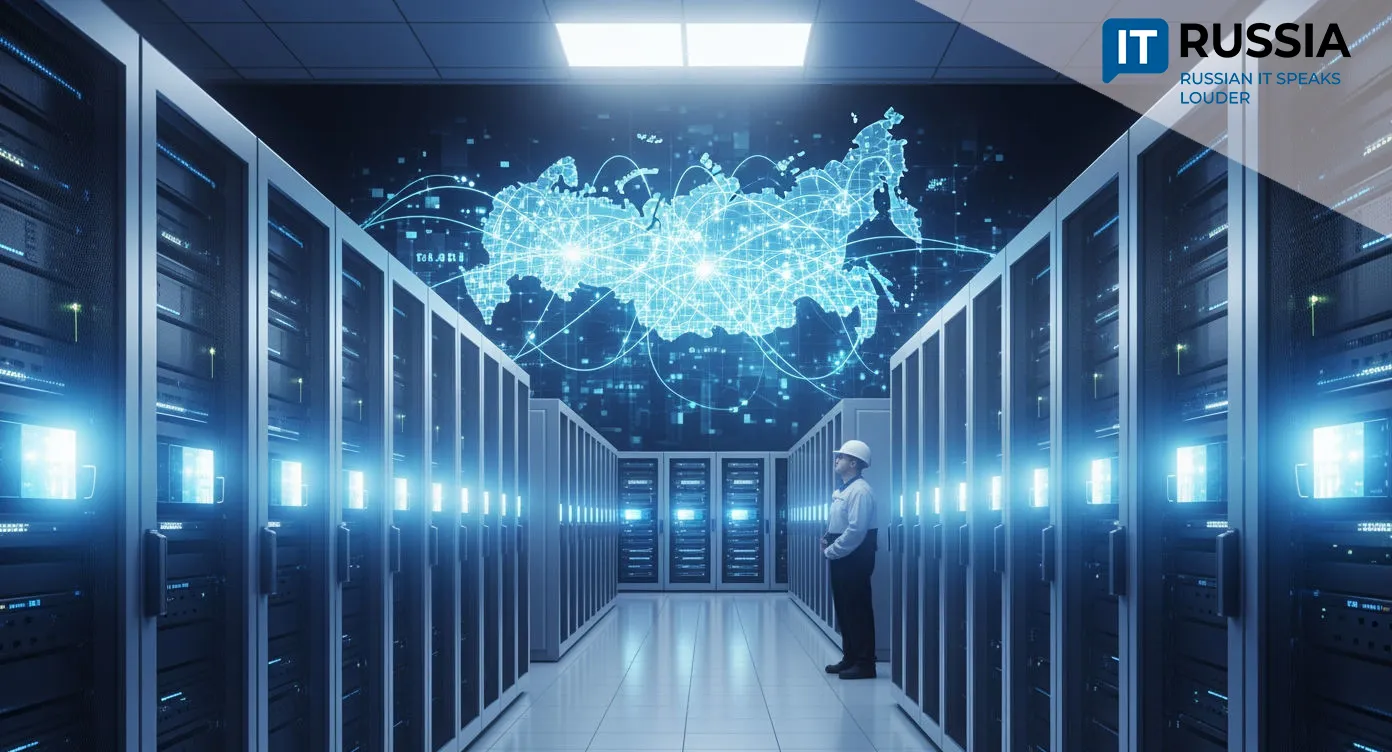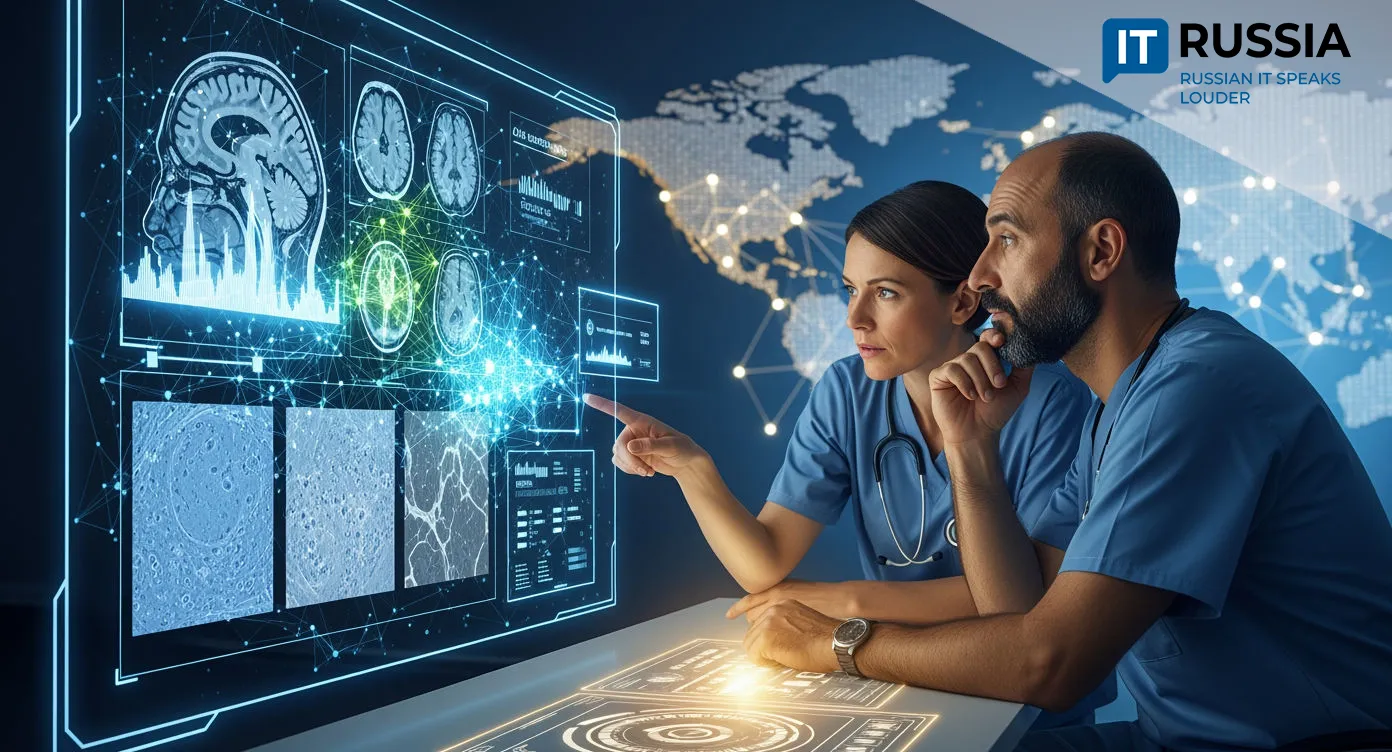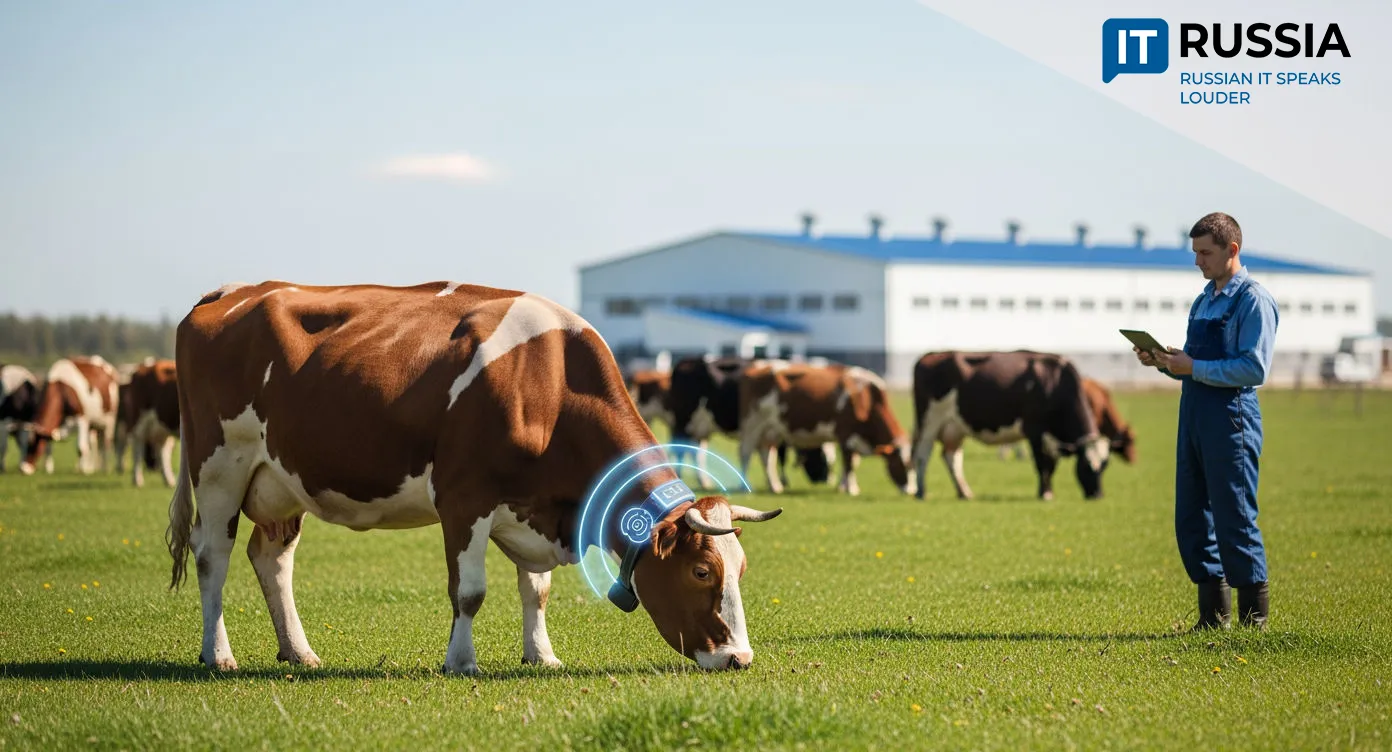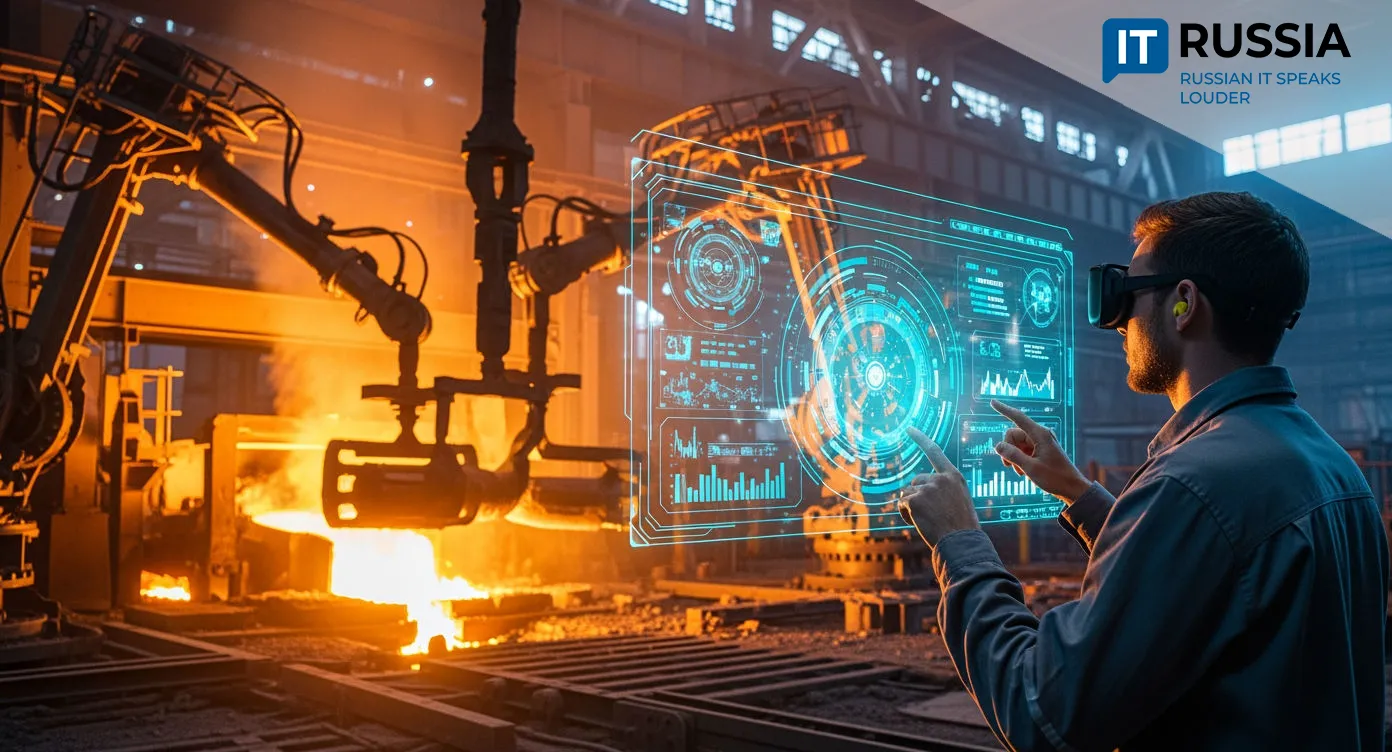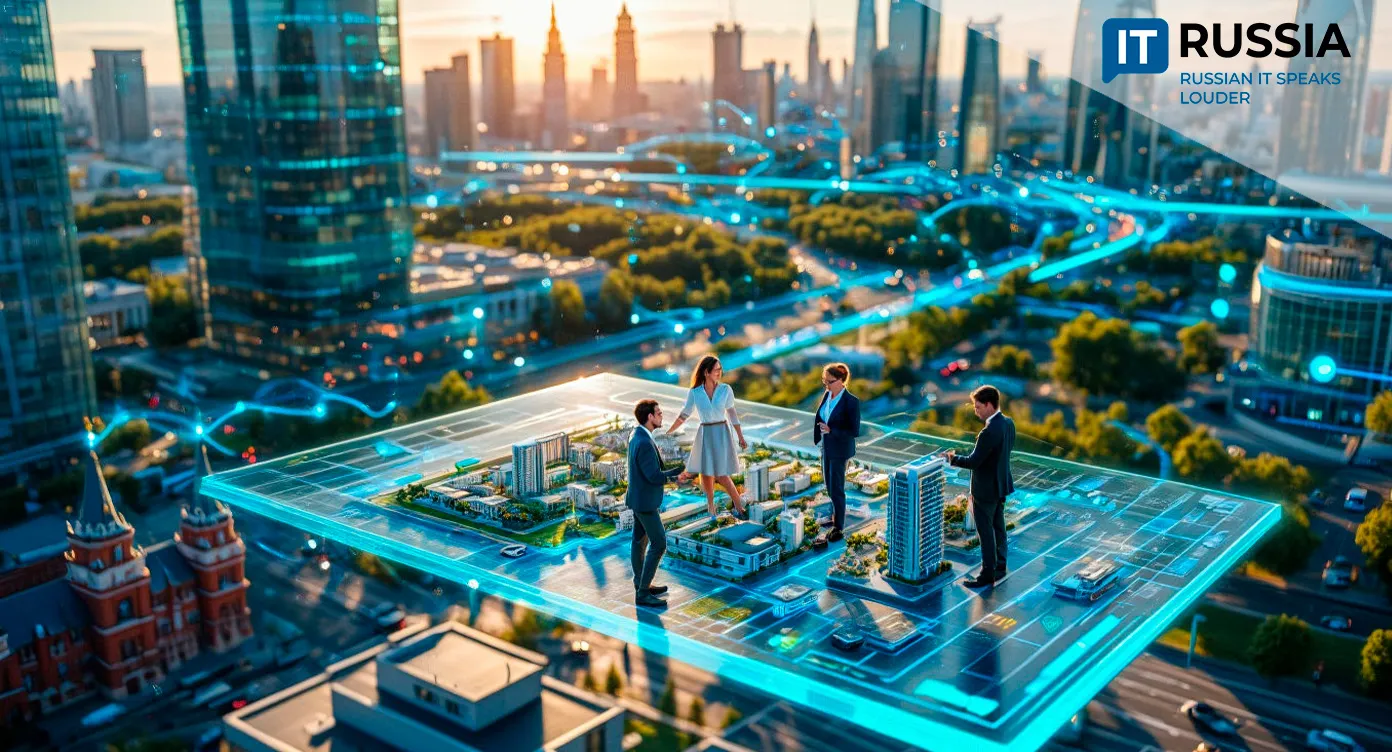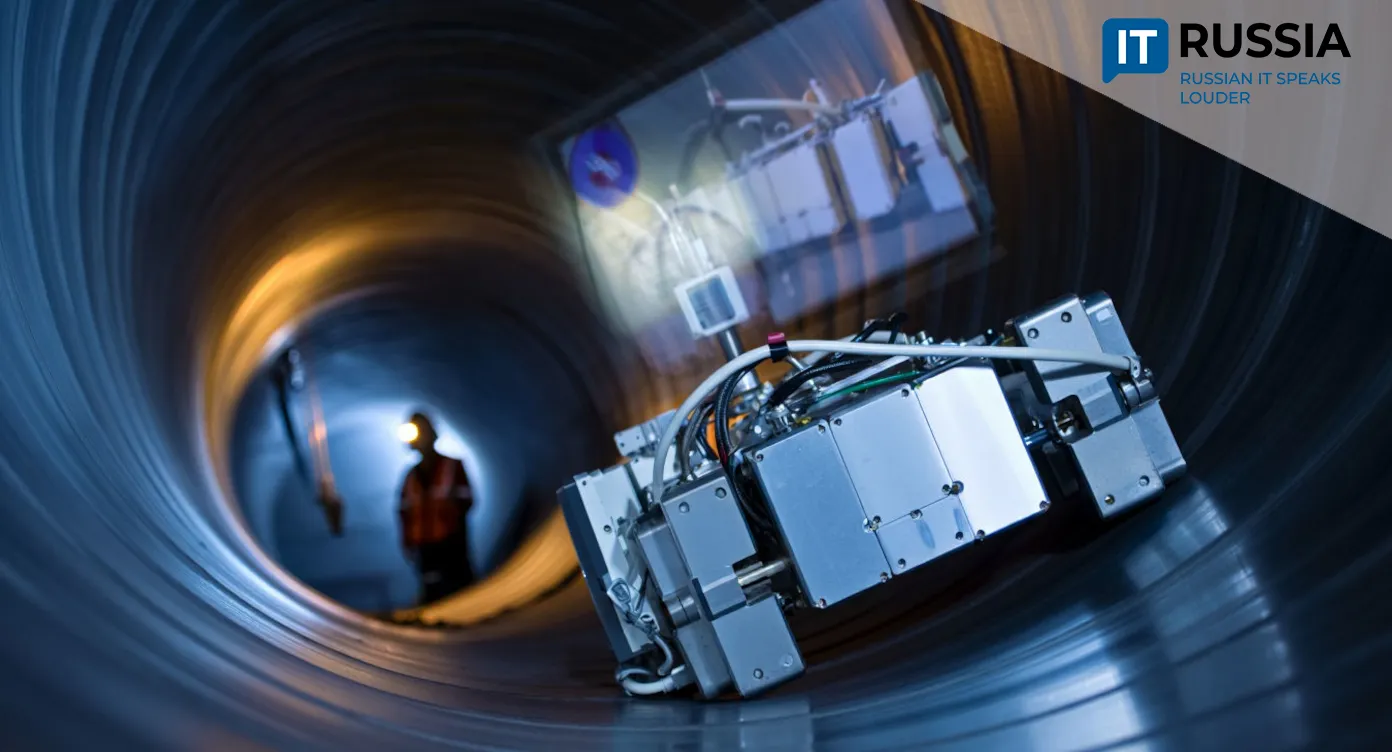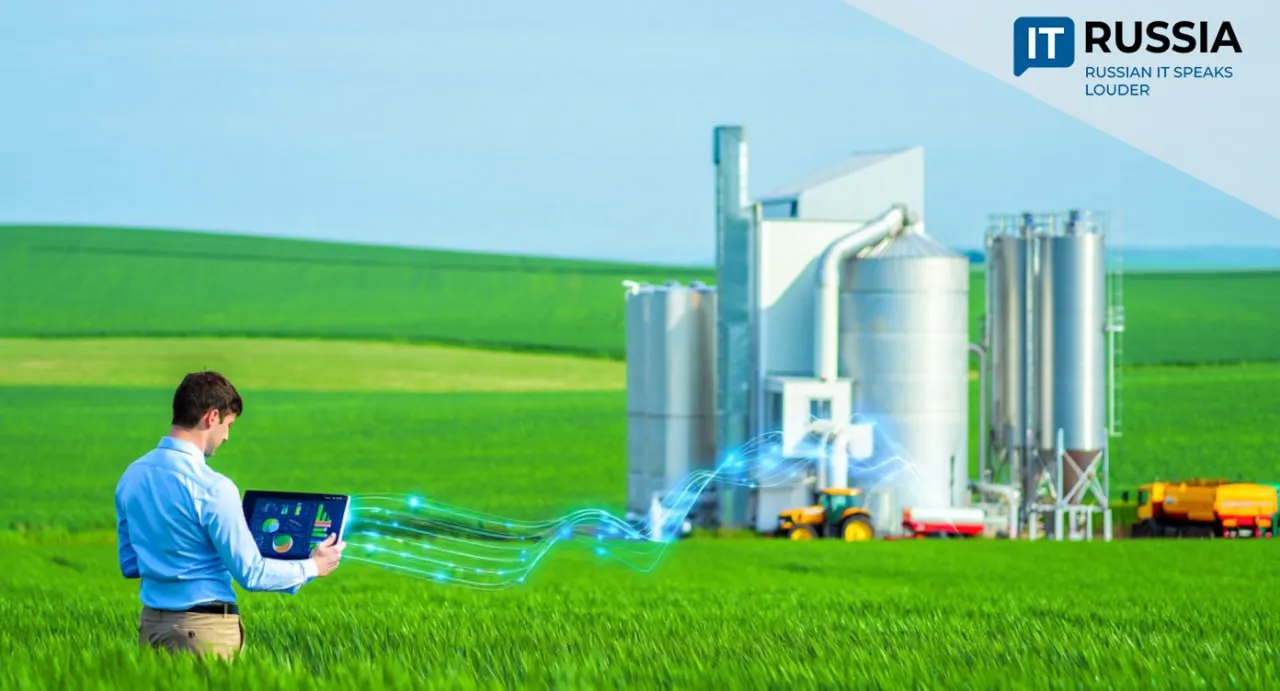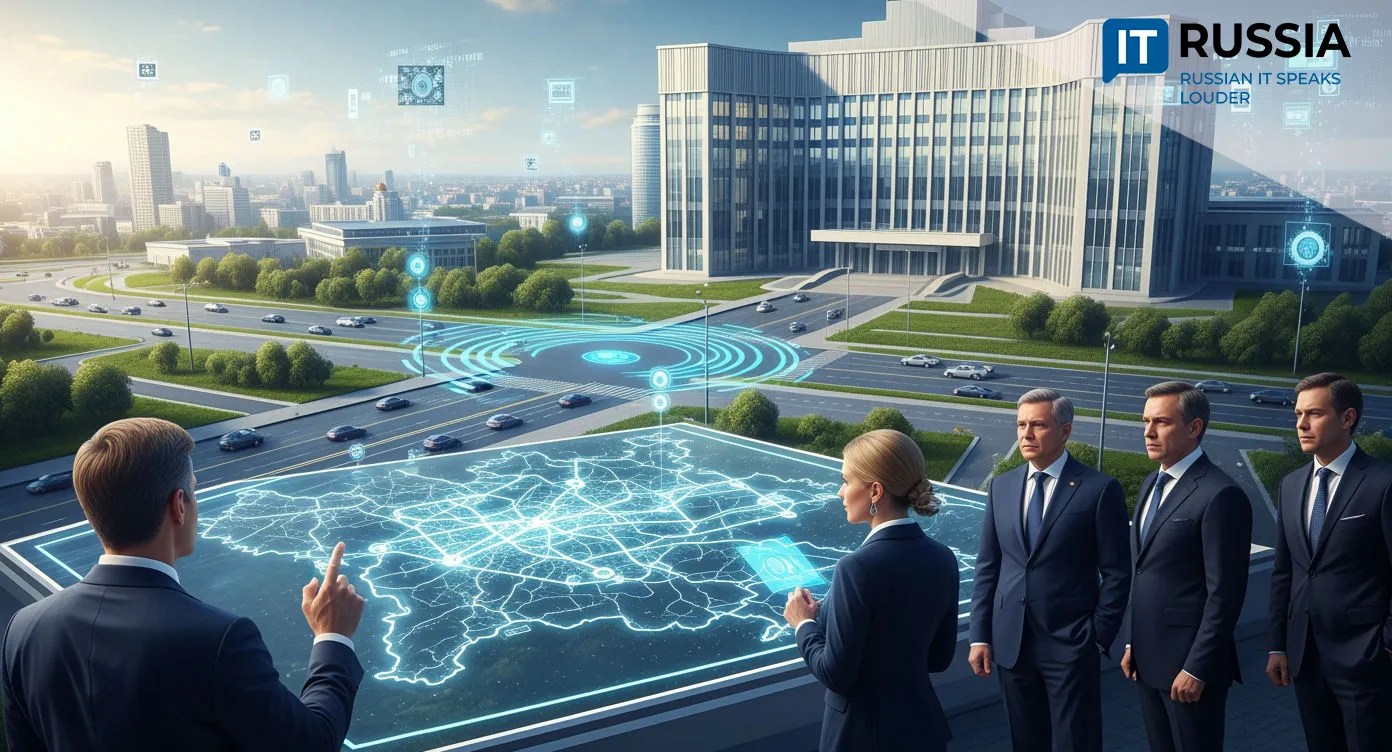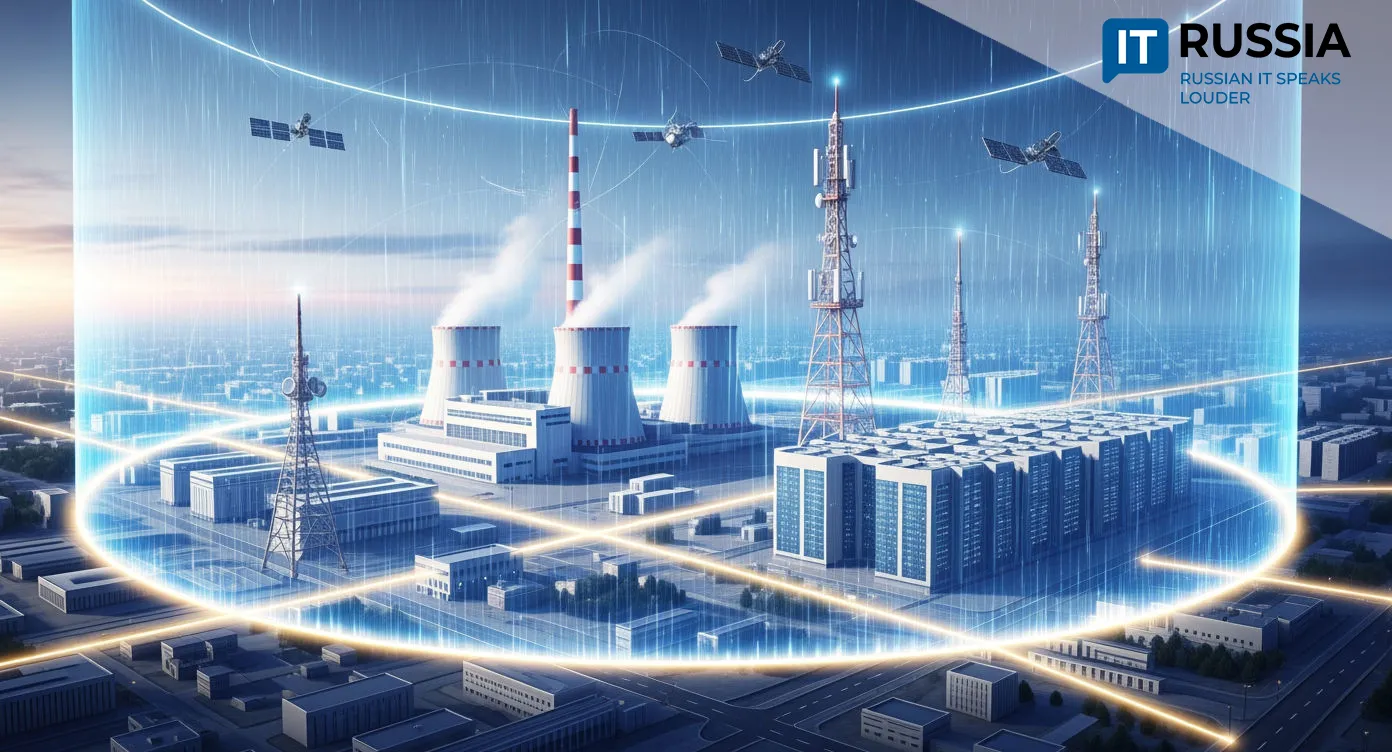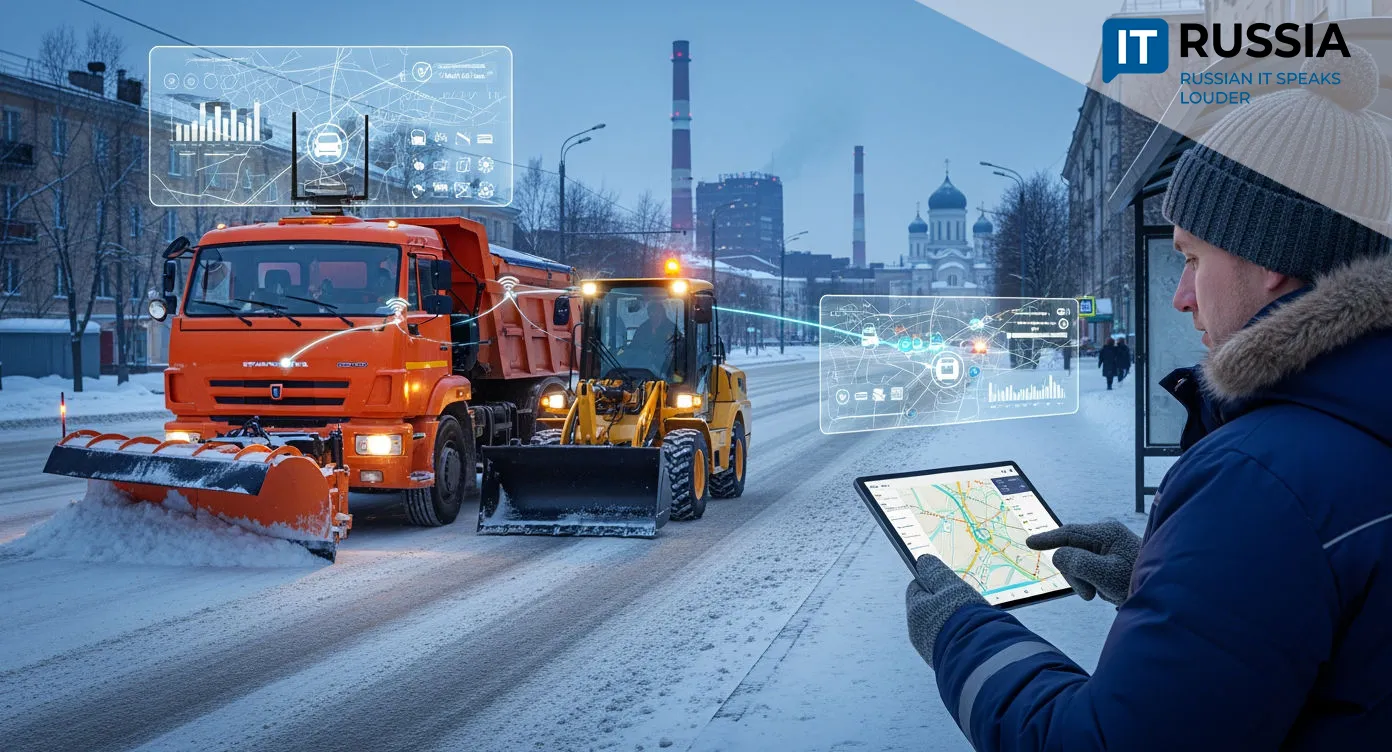AI as the Core of the Digital Economy: Growth Is Inevitable
As Russia builds out its digital economy, artificial intelligence is emerging as not just a technological tool but a strategic driver of growth. Despite external restrictions and structural challenges, the sector is expanding rapidly—and its rise now looks inevitable.
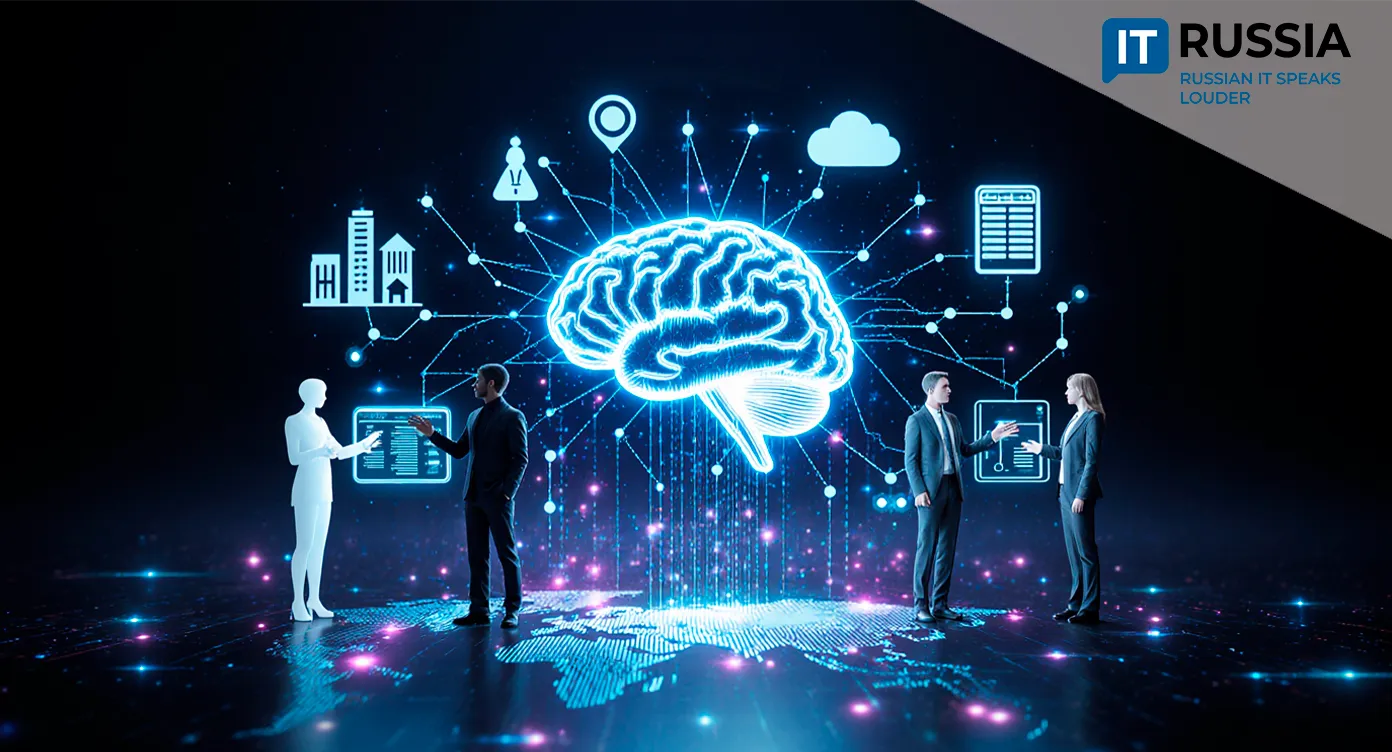
Economic Impact
Over the next five years, Russia’s AI market—focused on software and IT services—is expected to more than triple in size. According to Denis Filippov, CEO of MWS AI (part of the MTS ecosystem), by the end of this year the market will reach 168 billion rubles (about $2 billion), with 50 billion rubles ($600 million) coming from the software and IT services segment (excluding hardware).
AI is being integrated into business processes not as a passing fad, but because it delivers tangible business results. In the next two to three years, corporate management and control systems may undergo radical change, reshaping the role of white-collar employees. The transition to new standards is already underway in several industries.
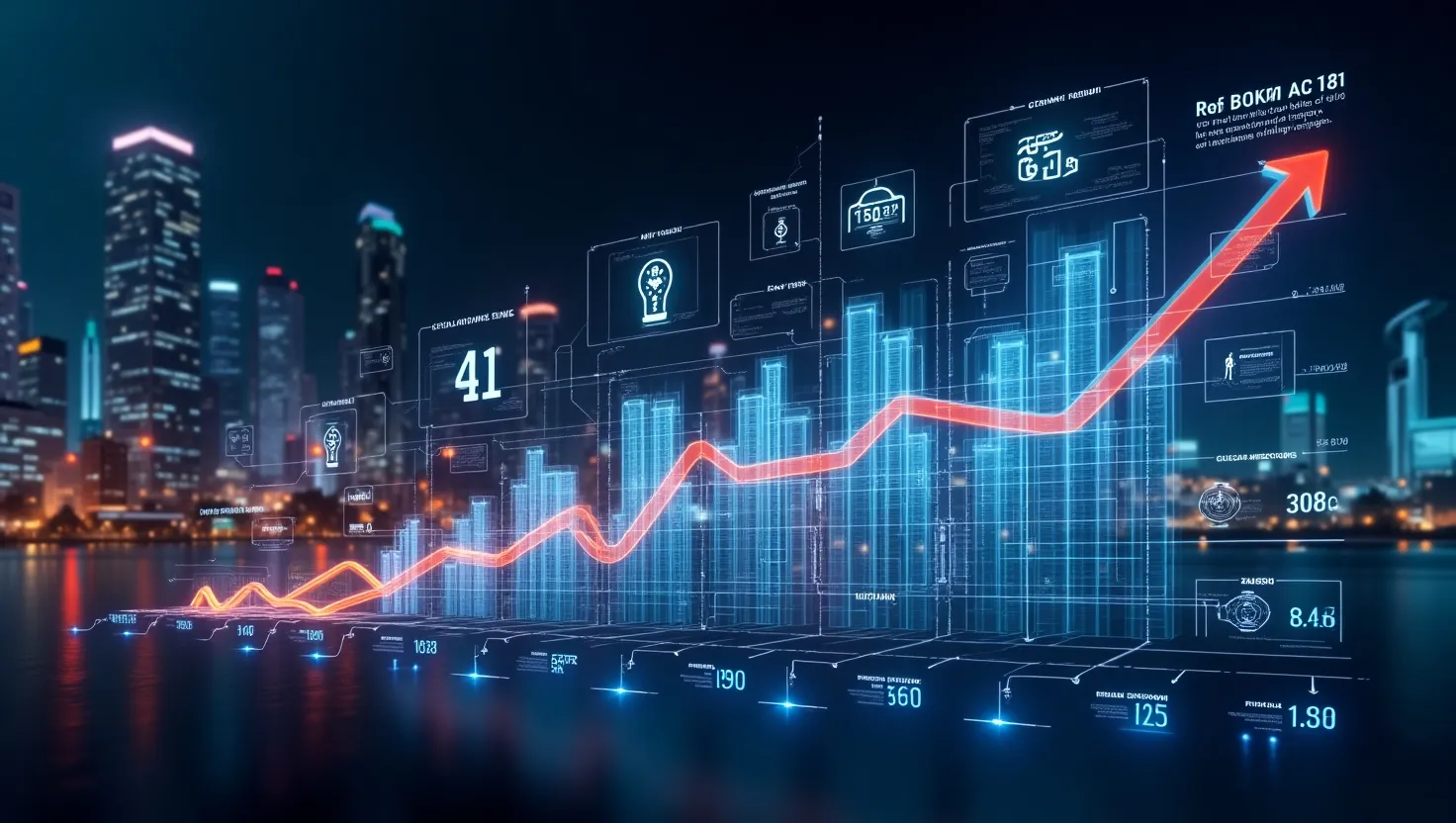
AI Agents Are More Than a Trend
Until recently, Russia’s AI development was largely associated with buying computing power and infrastructure projects such as building data centers. But demand is now shifting toward software solutions. Computer vision leads with 34% of adoption, followed by AI agents at 29%—technologies already reshaping industries, from industrial video surveillance to automating customer service.
“AI agents are not just a trend,” emphasized Pavel Voronin, CEO of MTS Web Services (MWS), speaking at the CIPR conference. “They are a real driver of sustainable growth, cutting costs while boosting revenue through a transformed customer experience.”
Experts forecast that by 2027, more than half of Russian companies across all industries will deploy AI agents. This shift is reinforced by strong government support.

Government Interest
In 2025, Russia launched a new national program, The Data Economy. Within it, AI was singled out as a separate federal project with a budget of about 70 billion rubles ($840 million). Businesses are also expected to co-finance the rollout, contributing around 5 billion rubles ($60 million). Public services, healthcare, education, and urban platforms will serve as testbeds for scaling AI solutions.
Russia’s National AI Development Strategy through 2030 was first approved in 2019 and updated in 2024, when President Vladimir Putin issued a decree with new provisions. The document lays out goals for AI adoption, sets research priorities, outlines software development strategies, and defines workforce training initiatives—all with the aim of ensuring technological sovereignty amid geopolitical pressures.
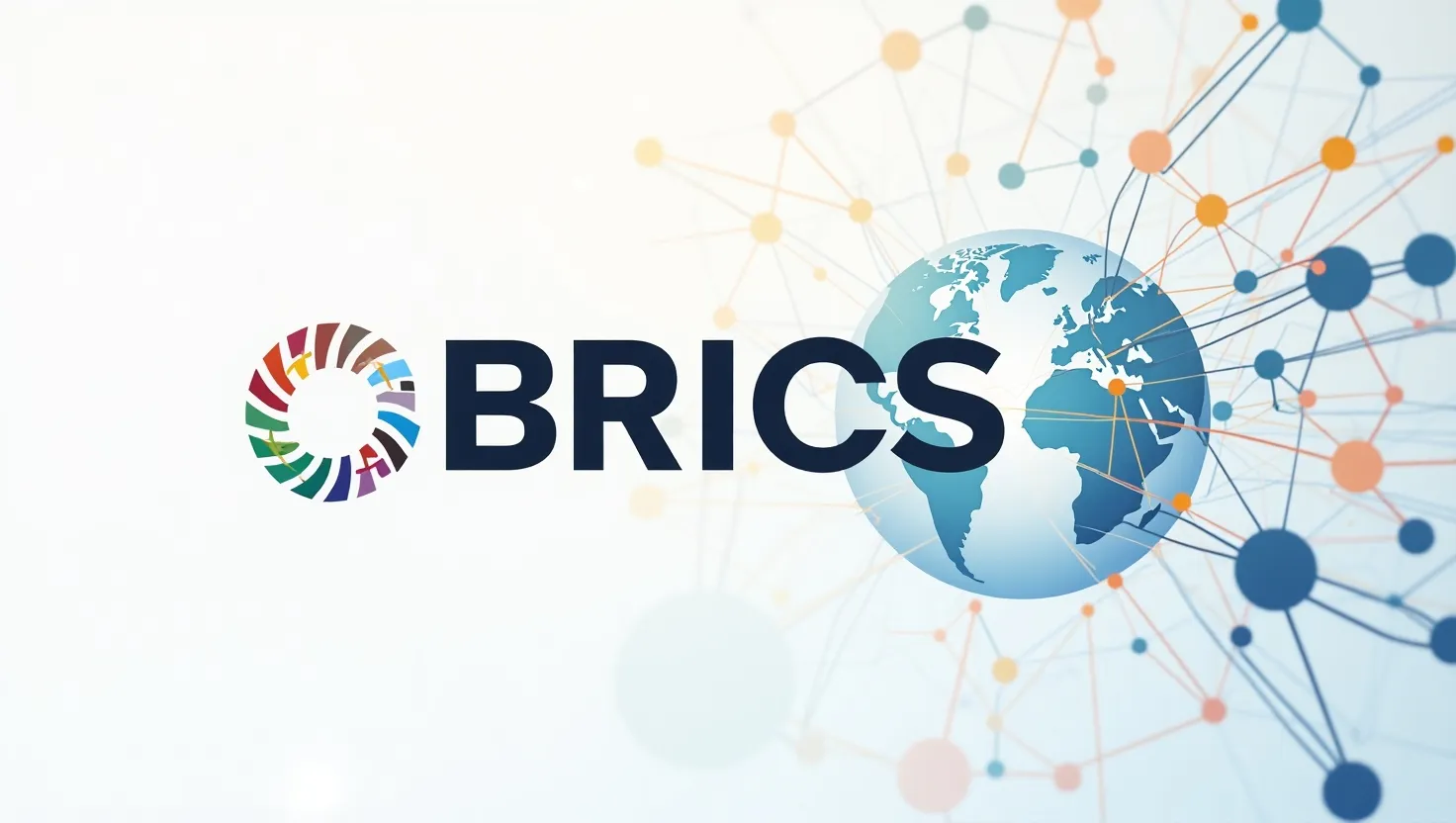
Growth Prospects
According to MWS AI’s Filippov, by 2029 the AI software and IT services segment alone will reach 155 billion rubles ($1.85 billion), with the overall AI market hitting 516 billion rubles ($6.2 billion). Russia isn’t just growing domestically—it’s also shaping an export track.
As chair of the international AI Alliance Network (14 countries) in 2025, Russia is actively promoting its AI products in Global South markets. Government apps, fintech, and industrial AI platforms are especially in demand.
The Russian AI market is rapidly maturing: measurable, structured, and driven by corporate deployment of import-independent technologies. Government incentives sustain demand, while partnerships within BRICS—particularly with China, which holds nearly 70% of global AI patents—are expanding the horizons of digital economy growth.



